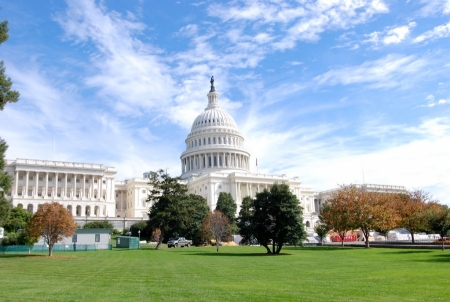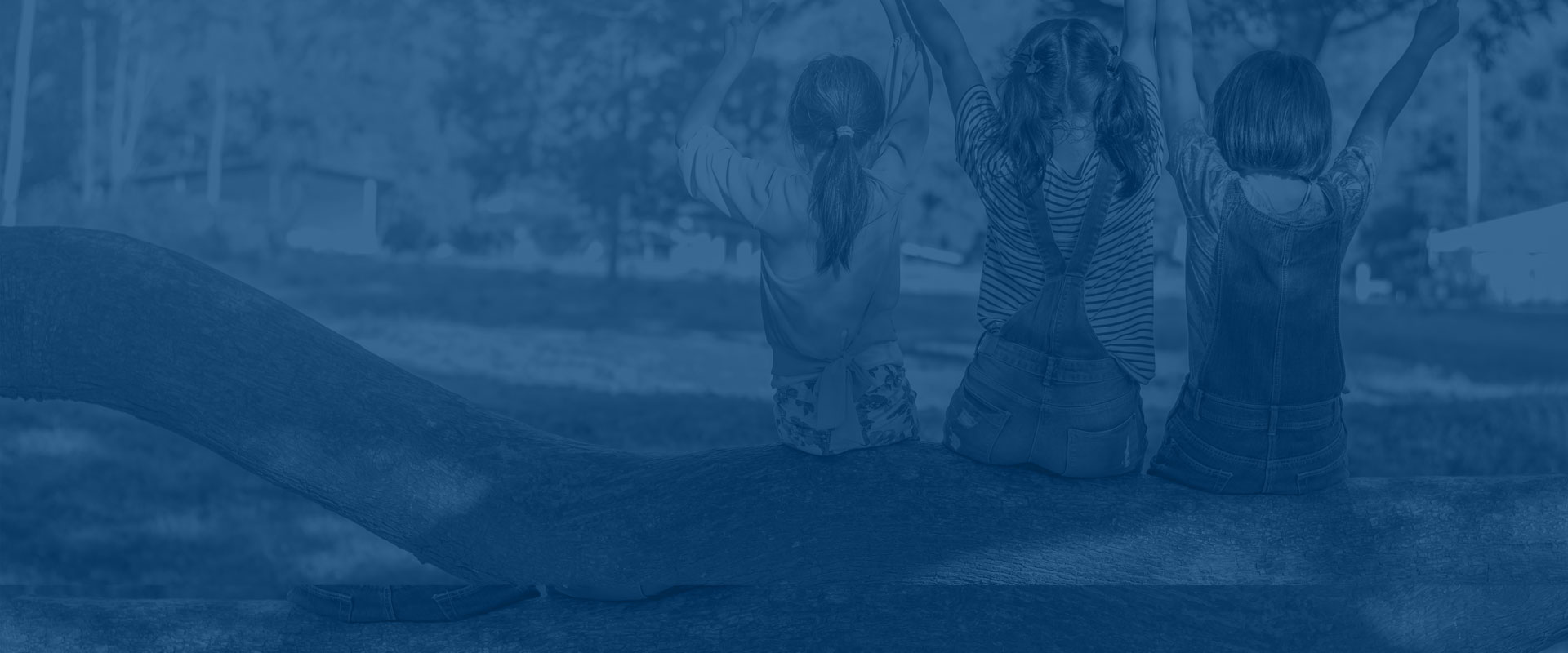
The US government just created a $2 trillion stimulus package to help American families during the coronavirus pandemic. It includes direct payments to families, paid family leave, and expanded unemployment benefits, among other things. Stand for Children and Forbes are among organizations providing a good summary of benefits. Below is some info we pulled directly from those articles that we thought you’d find especially helpful. Read the articles themselves to see the complete summaries.
Stimulus Checks
One much anticipated provision of the final stimulus bill is the checks that will be sent to most Americans. These one-time payments will be sent to eligible individuals, which means anyone who is a legal resident, is not claimed (or eligible to be claimed) as a dependent on someone else’s tax return and doesn’t earn too much.
How much will I receive in a direct payment from the federal government?
If you have filed your 2019 tax return, the IRS will look at your adjusted gross income from last year to determine if you are eligible to receive a payment. If you haven’t filed your 2019 return, your 2018 tax return will be used to determine eligibility. Individuals who earned no more than $75,000 will be eligible for the full $1,200 payment, plus $500 for each child dependent. Married couples who filed jointly will receive $2,400 if their gross income was under $150,000 year, along with $500 for each child. The payments — which are automatic and do not require action on your part — will be reduced on a sliding scale for people earning higher incomes.
Use this helpful tool to forecast whether can expect to receive a payment and for what amount.
How will I receive my direct payment?
Funds will go to the bank account the IRS already has on record from when you previously filed your income taxes within several weeks. In cases where the IRS doesn’t have your bank information, you’ll receive a paper check in the mail within several months.
Unemployment Insurance
The new law expands unemployment benefits dramatically, with an additional federal payment boosting normal benefits.
How are unemployment benefits being expanded?
The stimulus bill expands which type of workers are now eligible for benefits and the amount of money jobless workers can receive. Self-employed, freelancers and independent contractors (for example, people who drive for Uber and Lyft) are now eligible to apply. Those who are approved for benefits would receive an extra $600 per week (for up to four months) on top of their state benefit.
You can use this link, and choose Tennessee, to find out details for unemployment benefits and information on how to apply.
Paid Family Leave
The new law expands the family leave provided in the Families First Coronavirus Response Act that President Trump signed into law on March 18. That bill covers workers in businesses with fewer than 500 employees. Those covered by the act can get up to 12 weeks of family leave (with the first two weeks unpaid) if they must stay home with children whose schools and day care centers have closed because of the pandemic.
The expansion allows individuals who were laid off on or after March 1, but then rehired before the end of 2020, access to this family leave. (To be eligible for this leave, they need to have worked in that job 30-60 days before the initial layoff).
The benefit paid to individuals eligible for this family leave is two-thirds of pay, with a maximum of $200 per day, or an aggregate $10,000 per worker. In other words, it can be a maximum of $1,000 per week. (Employers cut the family leave checks and then get reimbursed by the federal government through the IRS.)
Paid Sick Leave
Employees (both part-time and full time) will get 80 hours of paid sick leave at full pay, capped at $511 per day, or an aggregate $5,110 per worker, with part-timers receiving a proportionate number of hours. Individuals who are unable to work or telework because they are under medical quarantine or treatment for COVID-19, suspect they have the illness or are ordered to quarantine at home are eligible for the pay.
Additionally, individuals who are staying home to care for someone else who has COVID-19 or is suspected of having it, or who have a child whose school or day care is closed because of coronavirus, are eligible for two-thirds of pay capped at $200 per day, or an aggregate $2,000 per worker.
Mortgage and Renter Relief
Borrowers with federally backed mortgage loans—loans under Fannie Mae and Freddie Mac—who are experiencing financial hardship due to COVID-19 can request forbearance on their payments for up to six months. Borrowers must submit a request to their servicer and affirm that they’re experiencing a financial hardship during the crisis. Additionally, no foreclosures or evictions from properties with federally backed mortgages can occur during this period.
During the mortgage forbearance period, interest will still accrue. However, additional fees, penalties or extra interest cannot be added to mortgages.
Renters have some eviction protection, but only if they live in a multifamily building or single family home that has a federally backed mortgage. Landlords cannot evict tenants of these buildings or charge any late fees, penalties or other charges for late rent payments.
Student Loan Relief
The Department of Education implemented student loan relief measures last week. The stimulus package expands those measures, giving protection to borrowers pursuing loan forgiveness programs and those who have defaulted loans.
- Interest will not accrue on federal student loans from April through September 30 and no payments must be made.
- Even though payments are suspended during this time period, the Department of Education will treat it as if the borrower made a payment toward public service loan forgiveness or other forgiveness programs.
- Borrowers who are in loan rehabilitation programs will also have the suspension period count toward rehabilitation. These programs are for borrowers working to pull their loans out of default.
- Credit reports and scores will not be impacted during the suspension of payments period.
- Wage garnishment and tax refund seizures will be halted during the forbearance period.
- Additionally, the Department of Education announced on Wednesday it will be refunding approximately $1.8 billion in offsets to more than 830,000 borrowers. The announcement also requires private collections agencies to stop pursuing defaulted borrowers through such methods as phone calls, collection letters and billing statements.





